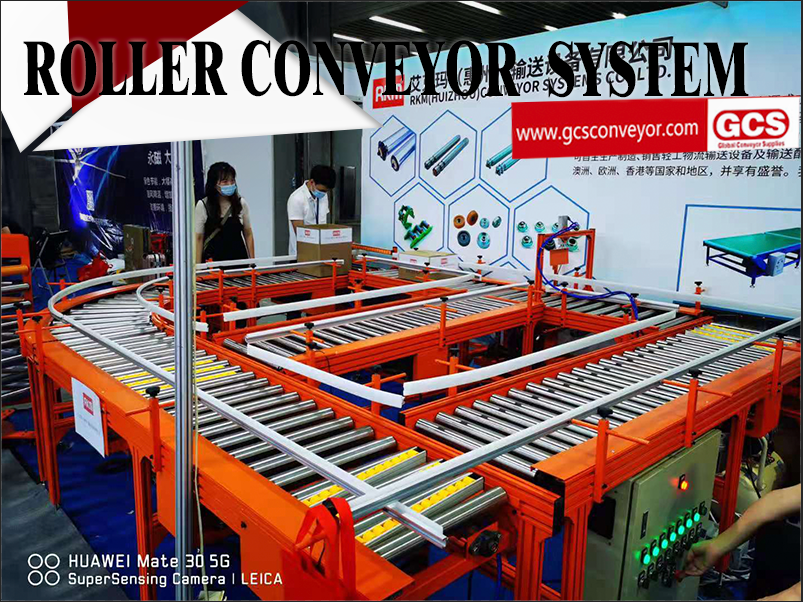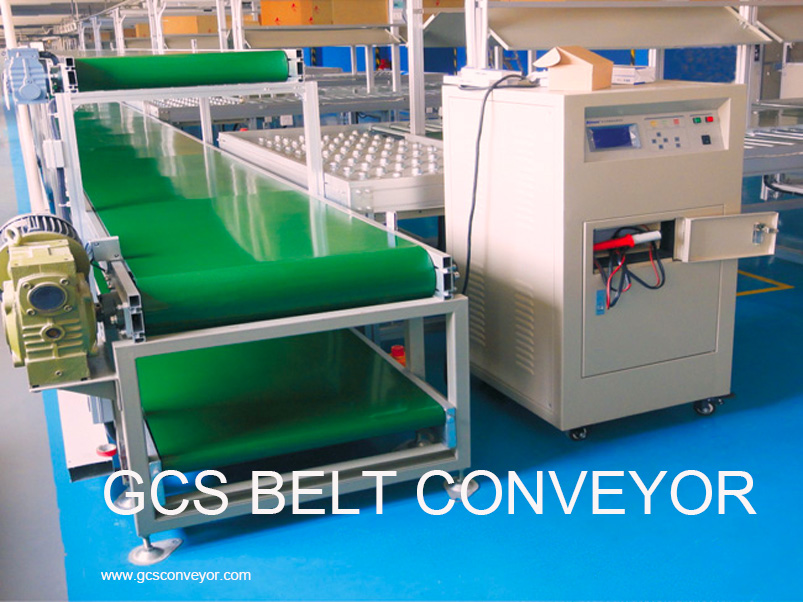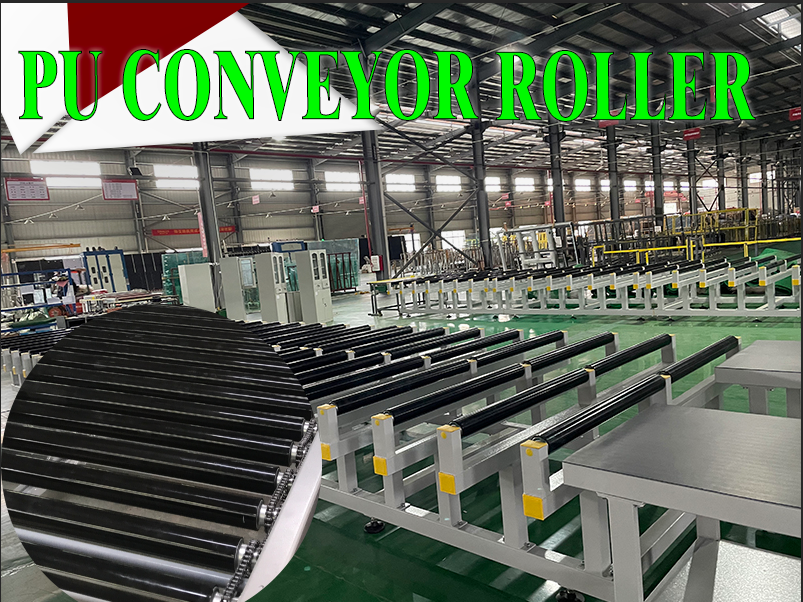Image from GCS conveyor manufacturer answers for you:
With the development of industry and intelligence, the types of ilder conveyors used to transport raw materials and finished goods are constantly being refined. The basic functions of conveyors are similar and all can be used for sorting, assembly, inspection, picking, and packing operations within manufacturing and distribution facilities. However, each has some specific performance advantages that should be understood in order to make the right choice for your particular needs. Depending on the component parts and the type of item being conveyed, there are belt conveyors and roller conveyors.
Image from: https://www.gcsconveyor.com/uploads/GCS-Cinveyor-Roller-System.png
Application differences:
Applications of belt conveyors:
Depending on the smooth and flat surface of the belt conveyor, belt conveying can transport a much wider range of items.
Image from: https://www.gcsconveyor.com/uploads/GCS-belt-conveyor.jpg
Irregular small products: items that can be used to transport small or loosely textured items.
Bagged products: items that do not have a sufficiently smooth and flat surface or do not have a fully flat surface to support them, e.g. bagged products.
Gap and tracking products: when it is important to accurately track the position of the product or to maintain a set gap, a belt conveyor is a right choice. All products, regardless of bottom or weight conditions, travel at a constant speed when supported by the belt. For this reason, belt conveyors are almost always used in induction systems to feed sorting conveyors.
Ramps and descents: To ensure a smooth flow of product up a ramp and down a slope, equipped with a belt that holds the product in place, a belt conveyor is the best tool for this. This reduces drive friction and thus minimizes horsepower requirements.
High-speed scanning lanes: The belt conveyor supports the item and keeps the product stable as it passes through the scanning lanes. This ensures that you get the best possible scanning results.
Applications of roller conveyors:
Roller conveyors are versatile, adaptable, and easy to install for transport. However, as roller conveyors consist directly of rollers, there are gaps in the transport surface which can create leaks when used to transport small, loose items, so roller conveyors have certain requirements for the items to be transported. These items must also be large enough to span several rollers, otherwise, the product will not be able to move as required.
Image from: https://www.gcsconveyor.com/uploads/PU-Conveyor-Roller.png
Surface-flat items: boxes, trays, tote bags, etc. have a flat surface to facilitate smooth movement over the drum, e.g. food production, food packaging, postal services, etc.
Package stops at traffic control points: steel pins or blades can be lifted manually or pneumatically between the rollers to physically stop the product. Packages may be stopped for traffic control, removal, quality checks, etc.
Item stacking: After setting certain programs, accumulation roller conveyors can be made to allow products to be stacked without contact. This helps to prevent damage to products, especially fragile items such as glass bottles. Commonly used in airports, warehouses, factories, and assembly lines.
Different types of conveyors are suitable for different usage requirements. If you have questions about choosing a conveyor, please feel free to contact the GCS motorized roller conveyor manufacturer and our engineering designers will be happy to assist you. Further, check www.gcsconveyor.com Email gcs@gcsconveyoer.com
GCS reserves the right to change dimensions and critical data at any time without any notice. Customers must ensure that they receive certified drawings from GCS prior to finalizing design details.
Post time: Mar-24-2022






